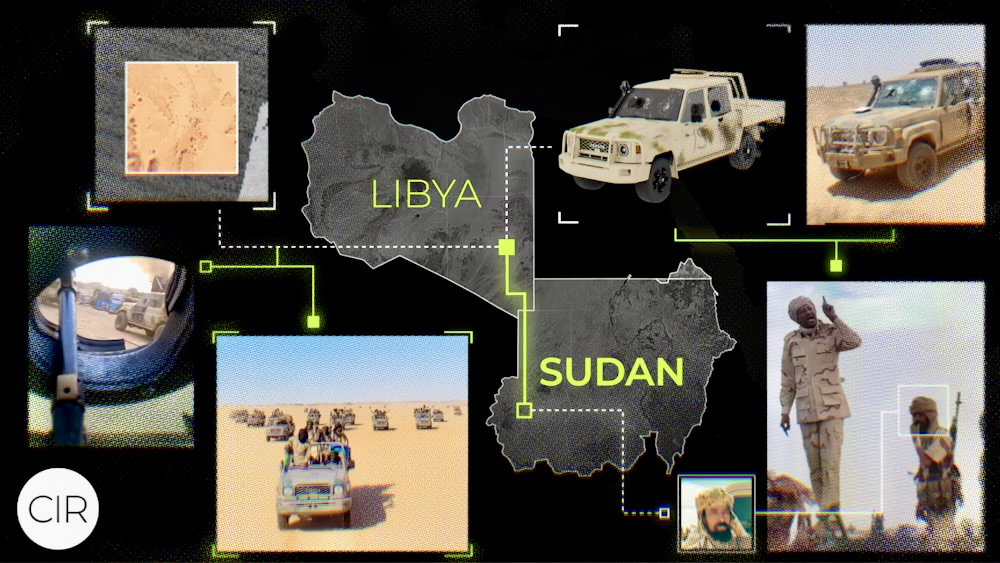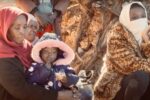New evidence of Libya’s role in arming the RSF
31 July 2025
A new investigation by the Centre for Information Resilience (CIR) has uncovered the location of a Rapid Support Forces (RSF) military camp in the desert of Sudan’s neighbour, Libya. The visual evidence proves earlier allegations of Libya’s role in supporting the paramilitary RSF in their war effort against the national army.
Using open-source data, CIR managed to identify an RSF camp in Libya and trace vehicles and personnel based in this camp conducting the violent RSF takeover of Zamzam camp for the conflict-displaced in North Darfur State.
There has been significant interest in how foreign weapons might be entering Sudan and neighbouring countries, which are allegedly being used as supply lines for the war. A UN report from January 2024 stated that the RSF “purchased cars from Libya” and “was also able to procure weapons through Libya.” After analysing hundreds of videos posted on social media, CIR has managed to reveal that the RSF transports military equipment on a large scale through Libya, some of which is directly linked to the conflict.
Identifying the RSF camp in the Kufra region of Libya’s vast desert was no simple feat.
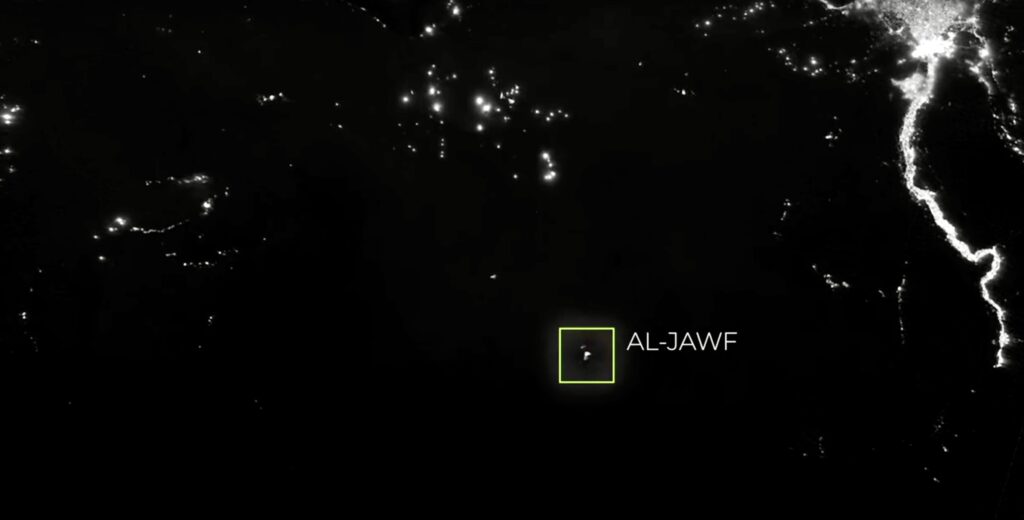
Using NASA’s Black Marble—a tool that captures satellite footage at night—CIR investigators were able to scan the area of interest for small sources of light that could be coming from the camp. CIR managed to find the camp in imagery captured a few weeks before the videos started to appear online by identifying a new light source south of the town of Al-Jawf in the Libyan desert. “The most challenging part was the transition from a couple of videos that exclusively featured cars and sand and then videos showing the camp to ultimately finding the exact location of the camp,” said CIR lead investigator, Mark Snoeck. “The first videos we identified had very few visual elements to work with, with only military vehicles driving through a desert.”
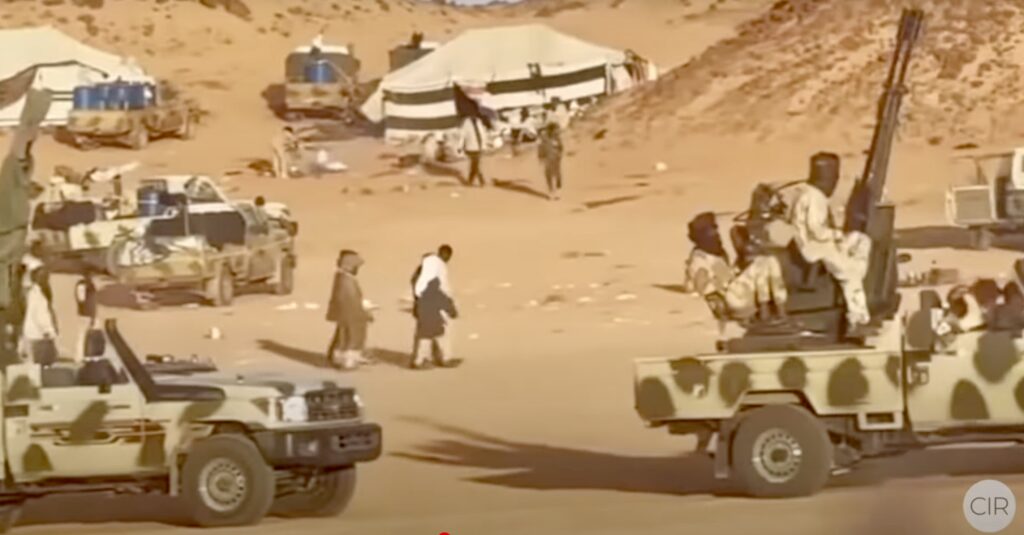
The Libyan camp
By verifying multiple videos, CIR saw over 100 vehicles parked in rows within the military camp. Nevertheless, Snoeck told Ayin, it remains challenging to determine the overall number of vehicles within the camp given the potential overlap between vehicles and the variety of vehicle configurations seen in the footage.
By identifying RSF shoulder patches on soldiers and vehicles with distinctive blue fuel tanks, as well as several videos featuring prominent RSF Commander Hamdan Al-Kajli, CIR has provided irrefutable evidence that Libya remains a critical military supply route for the RSF, potentially contributing to past attacks on Khartoum and El Geneina and most certainly Zamzam camp.
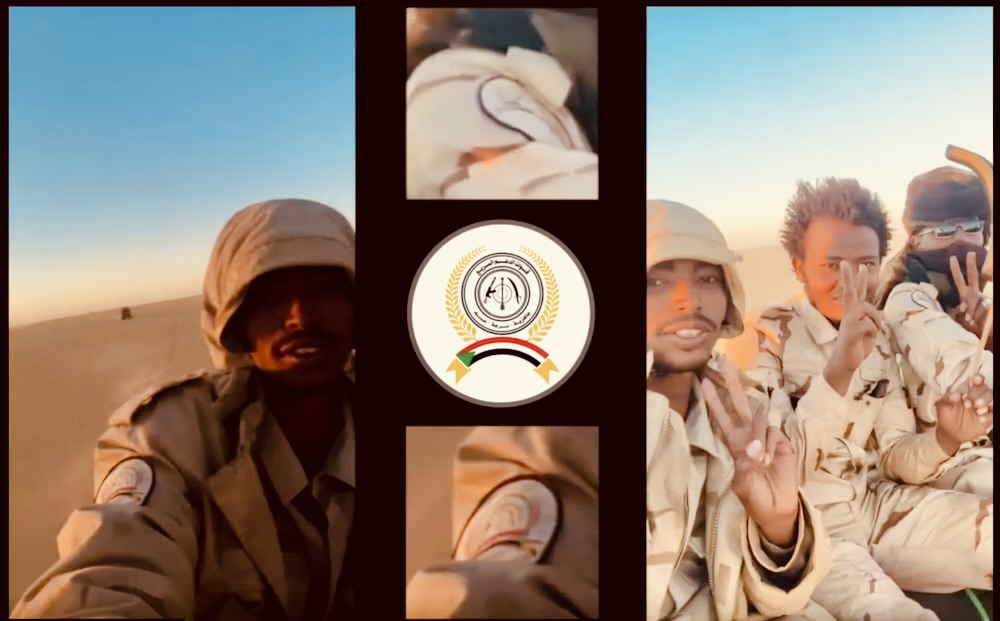
Satellite imagery shows how swathes of the Zamzam IDP camp were burnt down in consecutive RSF attacks—first in February 2025, when the market area of the camp was damaged, and then in April, when the RSF launched a large-scale attack on the area. Over 300 people were killed in the RSF’s April offensive.
Reuters, citing the UN, reported that more than 300 people were killed in Zamzam and surrounding areas between 11 and 14 April. NASA Fire Information Resource Management Systems (NASA FIRMS) picked up 88 heat anomalies between 11 and 16 April.
While humanitarian aid supply routes face constant challenges amidst an ongoing famine taking place in five areas of the country, military supplies continue to stream in, ensuring the devastating conflict continues. As usual, food supplies and aid are in short supply, while military equipment is not.


